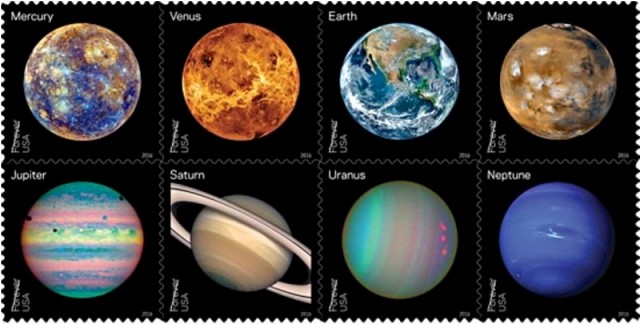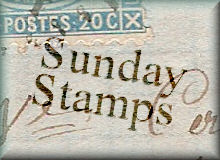I totally love cheese, both white and yellow ones. It is not like the healthiest food on Earth but it can be very delicious! Too bad there are not really Macedonian cheese stamps, coz the Macedonian cheese is just luscious! Yum yum yumm!
I received this AWESOME from Sam, who unfortunately has disappeared. I hope he is ok, and if anyone has any news, please share.
The cover contains all the 5 stamps issues in this set, as well as the souvenir sheet.
Both the s/s and the €0,32 stamp on the top left depict cheese produced in the Serra de Estrela mountain range in Portugal.
It is made of pure, raw sheep’s milk, of the Bordaleira race, Serra da Estrela variety, curdled with cardoon, aged between 30 to 45 days (for the soft cheese).
Cylindrical shape, about 6 cm high and 15 in diameter and weighing between 300 and 1 500 g.
Ivory coloured paste, soft, creamy, “blind” or with a few small holes, exquisite flavour, slightly acidulated. The legally defined area of production, which better opinions considered to be excessive, covers the municipalities of Carregal do Sal, Celorico da Beira, Fornos de Algodres, Gouveia, Mangualde, Manteigas, Nelas, Oliveira do Hospital, Penalva do Castelo and Seia, and a few administrative parishes in the municipalities of Aguiar da Beira, Arganil, Covilhã, Guarda, Tábua, Tondela, Trancoso and Viseu, in the centre-north of Portugal.
This one seems sooo creamy, it is driving me insane!
The €0,32 stamp at the right bottom part depicts the Rabaçal Cheese.
This one is made from sheep’s and goat’s milk, in the ideal proportion of 75% of the first to 25% of the second, raw, curdled with animal rennet, it is aged for at least three weeks. Cylindrical shape, about 5 cm high and 12 cm in diameter, it weighs between 300 and 500 g. Whitish-unpolished paste, semi-hard, with little or no holes, it has a particular flavour. The production area is mostly concentrated in the old village of Rabaçal (Penela municipality, Coimbra district) and a few neighbouring villages. The certificate that instituted the POD includes the municipalities of Alvaiázere, Ansião, Condeixa-a-Nova, Penela, Pombal and Soure, in the centre of Portugal.
The €0,47 stamp depicts the Azeitão cheese.
It is made from the milk of the Bordaleira sheep race, sub-race Saloia (in present times from other imported races as well), raw, curdled with cardoon, three weeks normal aging time. Shaped as small cylinders – 5 cm high, 8 cm in diameter –, weighing in average between 250 to 300 g (smaller ones are now appearing on the market). Pale-yellow or whitish paste, soft, creamy, with a stronger milky taste than the Serra da Estrela cheese (from which it descends). The production area established by law stretches to the municipalities of Palmela, Sesimbra and Setúbal, in the Lisbon region.
The €0,68 stamp depicts the Cabra Transmontano cheese.
It is made from raw goat’s milk of the Serrana race, curdled with animal rennet, aged during two months at least. Cylindrical shape, 4 to 6 cm high and 12 to 15 cm in diameter, weighing between 600 and 900 g. Hard whitish “blind” paste that has the characteristic flavour of goat’s cheese and a light peppery touch. Produced in the municipalities of Âlfandega da Fé, Carrazeda de Ansiães, Freixo de Espada à Cinta, Macedo de Cavaleiros, Mirandela, Mogadouro, Torre de Moncorvo and Vila Flor (Bragança district), as well as Murça and Valpaços (Vila Real district), located in the north-east of Portugal.
And the last, €0,80 stamp, depicts the São Jorge Cheese.
It is made of raw cow’s milk curdled with animal rennet. Shaped as a sort of wheel-type big cylinder between 10 to 15 cm high, its diameter varies between 25 and 35 cm and its weight between 8 to 12 kg. Hard, straw-yellow paste with many tiny irregular holes, brittle, with an individual flavour and slightly spicy touch. Minimum aging three month. The production area is that of the whole Island of São Jorge, Azores
technical details regarding the stamps:
- Date of Issue: 21 June 2010
- Width: 40.0 mm
Height: 30.6 mm
Size of the s/s: 13cm x 10cm
- Perforations: 13 by 13
- Process: Llithography
My favourite for now would definitely be the Serra de Estrela one. Whats yours?
hope you have a yummie Sunday! for more delicacies, take a peek at Viridian;s kitchen :)




